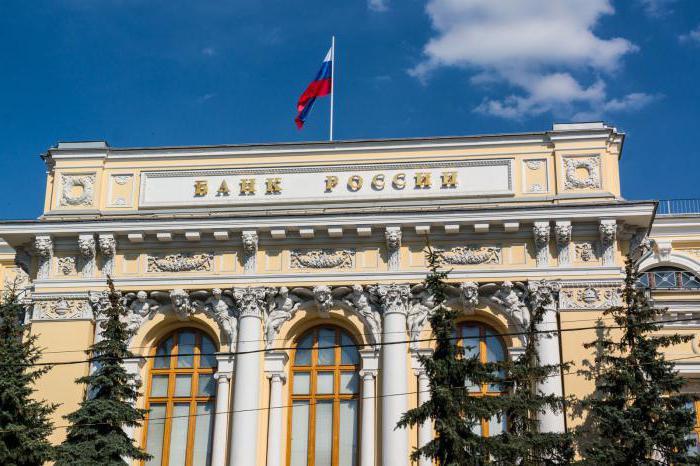What are modern money systems? Consider the topic in more detail in this article. A monetary system is a form of organization of the financial circulation of a country, historically formed and formalized through national legislation.
Types of systems
By the type of money used in the turnover in the country in history, there are several types of monetary systems:
- The system of commodity money in cases where a huge number of different goods acts as equivalents.
- A metal circulation system in which precious metals are included in circulation, for example, silver and gold, which perform all monetary functions and freely change to circulating banknotes.
- The monetary system is fiduciary, the system of circulation of virtual and paper credit money. With such a system, full-fledged money is squeezed out of circulation and replaced by cost signs.
What is the history of the development of the modern monetary system? About it further.
Story
Golden monometallism gradually passed into the modern monetary system:
- Before World War I, the existence of monometallism was reduced to the gold-coin standard, that is, the presence of gold coins in the internal circulation, and private individuals were allowed their free coinage. The export and import of foreign currency, including gold, was not limited.
- After the end of World War I, most economically developed countries (USA, England, France) have a standard called the gold bar, which lasted 35 years (1936-1971). This standard is distinguished by the complete absence of gold coins and the prohibition of their free coinage, and defective money is exchanged only for gold bullion.
- At the same time, a number of European countries in Europe (Germany, Austria, Norway, Denmark and some others) use the gold standard, when defective money is exchanged for gold through exchange for the currency of a country that adheres to the gold standard.
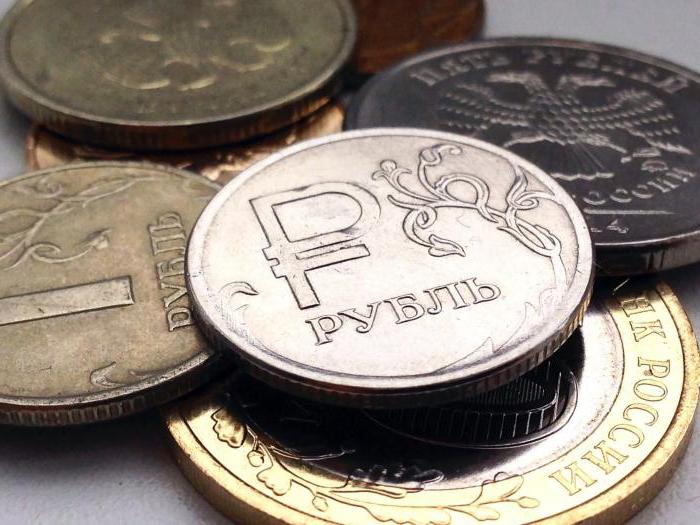
Establishment of fiduciary monetary systems
In the modern world in all countries after the end of the global financial and currency crisis of 1997-1998, fiduciary monetary systems were established, namely, monetary systems in which monetary symbols are not representatives of social wealth and are not exchanged for gold. These systems have the following features:
- gold was completely ousted from circulation and placed in gold reserves;
- money in circulation is issued through bank credit operations;
- a central bank offer determines the amount of money in circulation;
- primary is non-cash cash issue;
- cash turnover is reduced, due to which the cash turnover is expanding;
- the state creates and widely uses mechanisms of monetary regulation of money circulation.
What are characterized by modern monetary systems? The fiduciary system can be built on an electronic, metal and paper basis. Currently, 3 types of such monetary systems are distinguished: electronic-paper; full fiduciary standard systems; transitional systems that combine paper and metal circulation.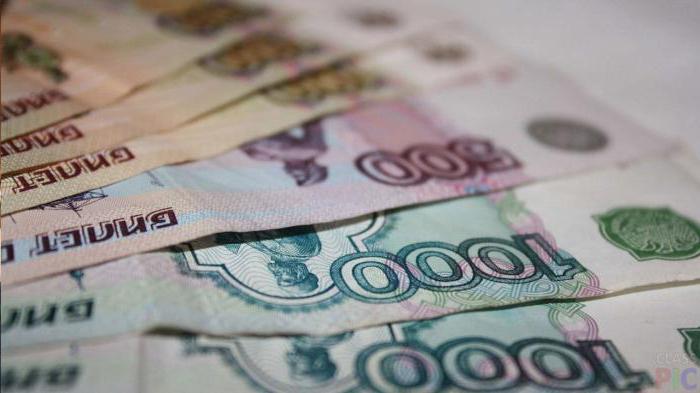
Electronic paper money system
Nowadays, the transition to an electronic-paper monetary system is everywhere. And despite the differences in the national-state structure, modern systems have some common elements, such as: the order in which the exchange rate is established; the name of the monetary units of the countries; the mechanism of monetary regulation of the state; emission mechanism; the structure of the money supply in circulation; procedure for securing banknotes.
Features of the modern monetary system
The current structure of the monetary system of the Russian Federation has been established since 1998. The ruble is recognized as the official currency.The law prohibits the introduction of any other banknotes on the territory of the Russian Federation. The ruble consists of one hundred cents. The Bank of the Russian Federation issues coins of 1, 5, 10, 50 kopecks and 1, 2, 5, 10 rubles; banknotes of 5, 10, 50, 100, 500, 1000, 5000 rubles. Together with coins of the Bank of the Russian Federation, silver and gold investment coins (“Sable”, gold chervonets and others) are considered legal tender. This distinguishes the modern monetary system of Russia.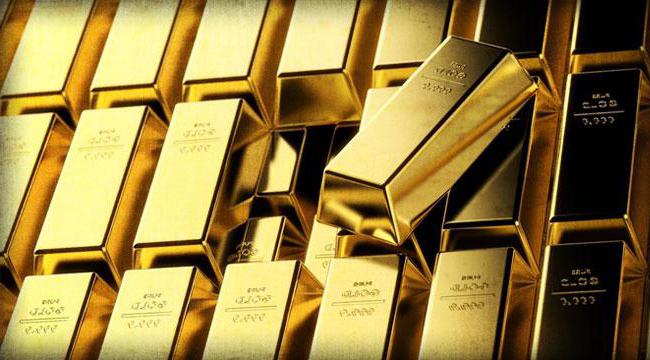
About issuing money
Modern money gets into circulation thanks to the procedure for bank lending. Cash issue or banknote is a monopoly of the issue, that is, the central bank. Non-cash or deposit money is put into circulation by the Central Bank during the process of lending to commercial banks, including the system of commercial banks during lending to economic entities. On the accounts of commercial banks of a deposit nature, money increases due to the effect of credit multiplication, in the process of moving them from one to another commercial bank. Provide banknote emission reserves of the Central Bank, which issues non-cash money when occurs:
- targeted lending to the national economy;
- an increase in official reserves of gold in countries with an active balance of payments (for example, when the Central Bank purchases foreign currency);
- granting loans to credit institutions by means of counting bills (the central bank buys bills);
- lending to the state treasury securities (the central bank buys government securities).
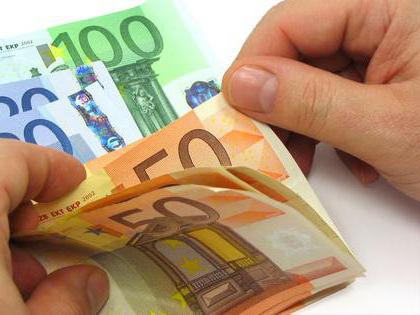
What does the law establish?
So, who regulates the modern monetary system of the Russian Federation?
The legislation of the Russian Federation establishes the procedure for issuing banknotes into circulation, called the issue mechanism, so that it entails a general increase in banknotes in circulation. The concept underlying the formation of monetary aggregates, which are currently used by the Bank of Russia, states that the money supply includes cashless cash and cash in circulation. In addition to the money in the payment transaction, it is possible to use various securities - certificates of deposit, checks, bills and others.
Elements of the modern monetary system
- The monetary unit (national currency) is called the ruble.
- Price scale. Currently, he is not in the sense in which he was with full money. But now the scale of prices expresses the value of the goods in the national monetary unit of the country. The scale of prices is the ratio maintained and established by the state.
- The exchange rate set by the state or bodies specially authorized for this. The essence of the exchange rate is that it is the price of the currency, which is expressed in national currency.
- Types of banknotes in circulation, terms of circulation and other debt obligations.
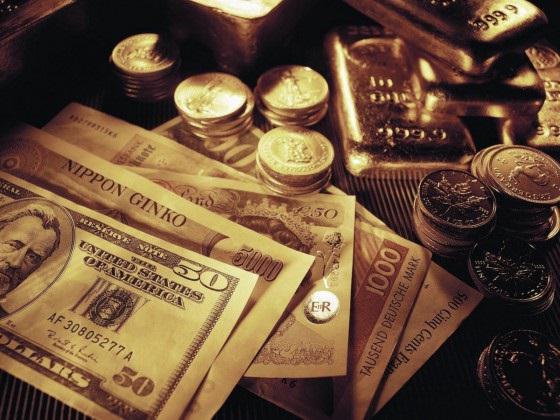
What other elements are characterized by modern monetary systems of the country?
- The issue mechanism, the procedure for withdrawing and issuing money from circulation. Cash issue cannot be without preliminary recording on the accounts of the credit system, that is, cash appears after the issue of non-cash money. The Central Bank of Russia is a single issuing center. It is also possible to note the factors that influence the issue: the return to the cash of the emission centers of money, the state of the budget, withdrawal from circulation and the issue of money on the basis of repayment and issuance of loans.
- System for adjusting cash flow. Documentation: the balance sheet of a specific country, the federal budget, the balance of payments of a specific country, a unified state. monetary policy, cash flow forecast, Bank of Russia balance sheet, balance of expenditures and incomes of the population.
This suggests that the monetary system is called the banknote circulation system, which is based on the balancing of cash flows; a system based on the construction of the money supply, the established proportions of individual monetary aggregates.
It is important for the modern monetary system to be: flexible, unified throughout the country, stable, planned and regulated, centralized.
Principles of functioning of monetary systems
Management is centralized by the Central Bank. The elasticity and stability of money turnover allow you to narrow and expand their turnover depending on the needs of the economy. Money issue is of a credit nature, since the issue of banknotes is carried out based on the procedure for conducting credit operations. The principle of security states that banknotes must be insured with securities, gold, and foreign currency. Government funds are provided only by credit on a paid and repayable basis. Control and supervision of turnover is carried out by the state through the tax, financial and banking systems.
We considered the modern monetary system of Russia.
